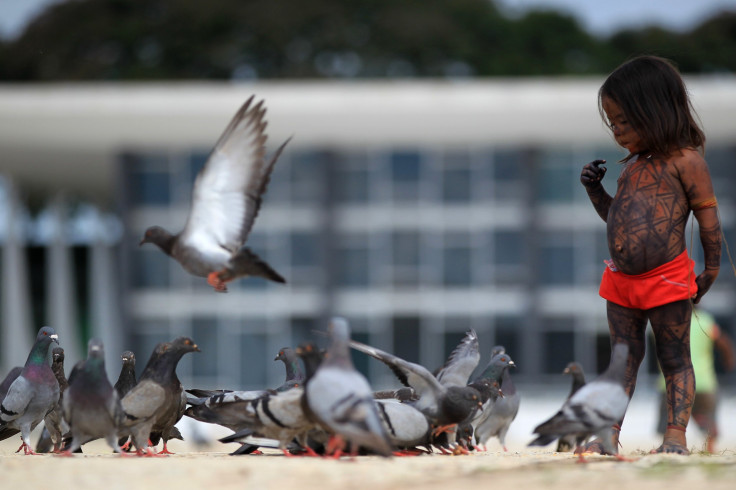Climate Change Birds, Amphibians, Coral: Large Amount Species At Risk of Extinction By 2050 Says Study

Climate change is rearing its ugly head again after a new study claims that a large amount of bird species, among other creatures, are particularly vulnerable to its environmental effects.
According to a new study from the International Union for the Conservation of Nature (IUCN) via New Scientist Life, up to one half of all bird species, one third of amphibians and a quarter of coral are subject to the effects of climate change. Species were rated based on how quickly they are known to relocate, natural barrier such as mountain ranges were also taken into account. Those with rapidly changing environments that are sensitive to change and have little ability to adapt were labeled as highly vulnerable.
According to the study’s findings, 24 to 50 percent of bird species, 22 to 44 percent of amphibians and 15 to 32 percent of corals are considered highly susceptible to climate change. The results confirm a 2004 study that stated up to 37 percent of related species were subject to extinction by the year 2050.
Despite the numbers being classified as “high” in the report, the research is only the beginning after researchers claim many species were not included in the recent study. Anywhere from 17 to 41 percent of bird species, currently classified as “safe” by the IUCN compiled list of threatened animals, also known as the Red Lis,, are reportedly also possibly at risk.
Researchers stated that birds and amphibians residing in the Amazon rainforest, a location where a large amount of birds and amphibians culminate, as well as corals in the Caribbean Sea and Coral Triangle in south-east Asia, are the most as risk for climate change.
While many of the potentially effected creatures could survive by relocating or adapting to environmental changes over time but that the possibility of physically transporting endangered species, many to cross country locations, is out of the question due to expense and laws that don’t permit it.
"The moment you start thinking about the magnitude of the conservation program we might need to put in place, it's mind-boggling," said University of York department of biology professor Chris Thomas. “The best thing we can do is cut greenhouse gas emissions. Minimizing the rate and extent of climate change will reduce the amount of action required," he said.
© Copyright IBTimes 2024. All rights reserved.






















